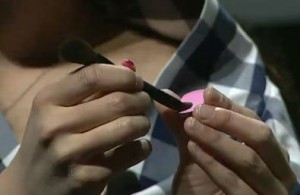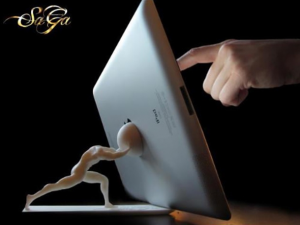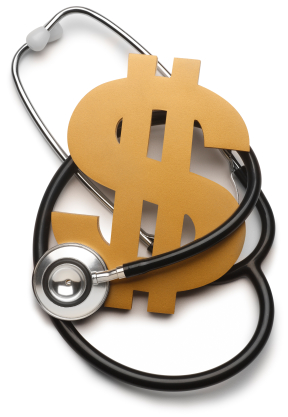
The Next Big Thing
3D printing is being touted as the next big thing in computer technology, a process in which a computer replicates an item by adding layers of a chosen material, following a digital pattern. It is expected to blossom over the next few years into multiple uses as diverse as body replacement parts and food products.
Choi explained her Mink process to interested critics during the TechCrunch Disrupt NY2014 meeting in early May. It was held at the Manhattan Center in New York and was an opportunity for innovators to share their concepts incorporating 3D printing.
Make Up Ingredients
Choi started from the premise that almost all makeup products are created from basic substrates, whether it ends up in pricey high-class shops or on the shelves of the neighborhood has-it-all shopping center. Problem is, these outlets don’t cover the waterfront in color and shade, but tend to cater to a mid-range of customers. Mink allows endless choices.
Computer Generated Color Selections
She looked at the principle that the basic contents of makeup are the same and developed that concept into computer-generated makeup that can employ any color imaginable to suit the maker. Using software that already exists, the operator can print powder, blush, eye shadow, lip gloss or any other type of makeup. Imagine getting up in the morning and custom-designing your makeup to match your clothing selection for the day. (And the gurus predict that some day, 3D printing will be used to produce that dress you want to match, as well!)
Choi told the New York panel that her pre-production research showed that those who buy makeup don’t tend to be resolutely loyal to any particular brand, but are looking for convenience. What’s more convenient than your own home?
Serial Inventor
The young woman innovator, who terms herself a “serial inventor,” said she had plenty of failures as she worked toward Mink. But she is looking forward to putting her product on the market later this year, at a suggested price of $200 per unit. The target buyer group will be those 13 to 21, a demographic that is not firmly set in its makeup-buying habits.
Future Plans
At the same time, she will keep researching and hoping to alliances with companies that can enhance the prospects for success. She will be talking with some of the big printers such as Epson to see if deals can be made that would be rewarding for her and for them as the role of 3D printing increases. She continues to study how she can make Mink competitive with the mass market. Her big selling point is the number and variety of colors that can be used in Mink.
She is keeping a finger on the pulse of fashion and talking with those who influence fashion trends.
Look for more uses for 3D printing as innovators such as Choi really get down to the job.
Visit Coolchecks.net/blog for more 3D Printer stories.



